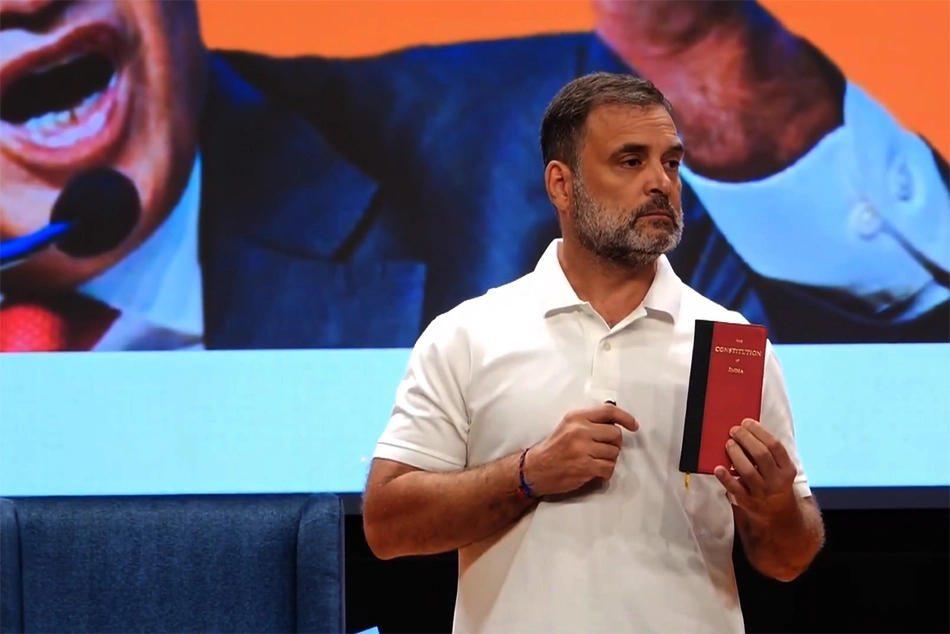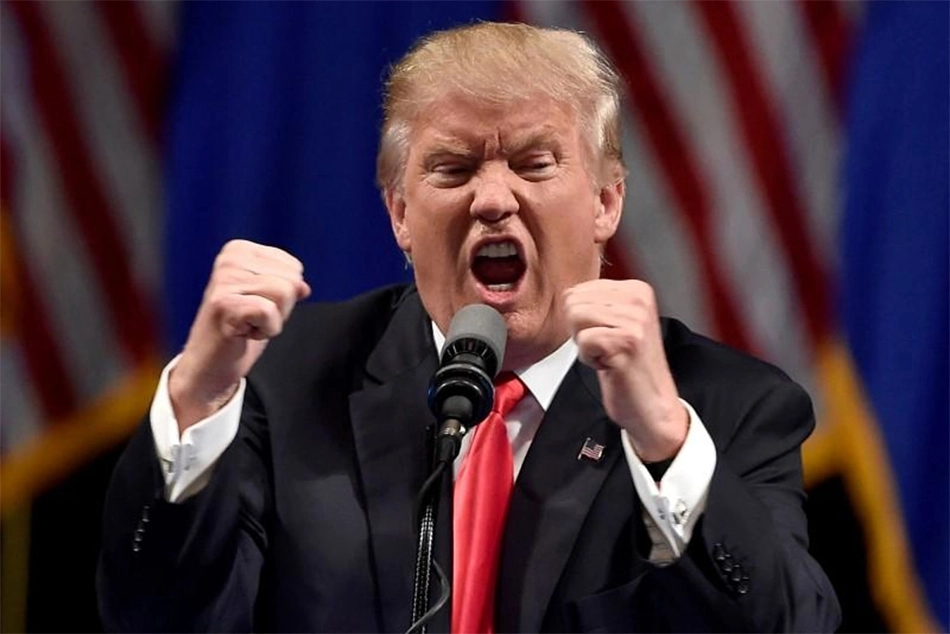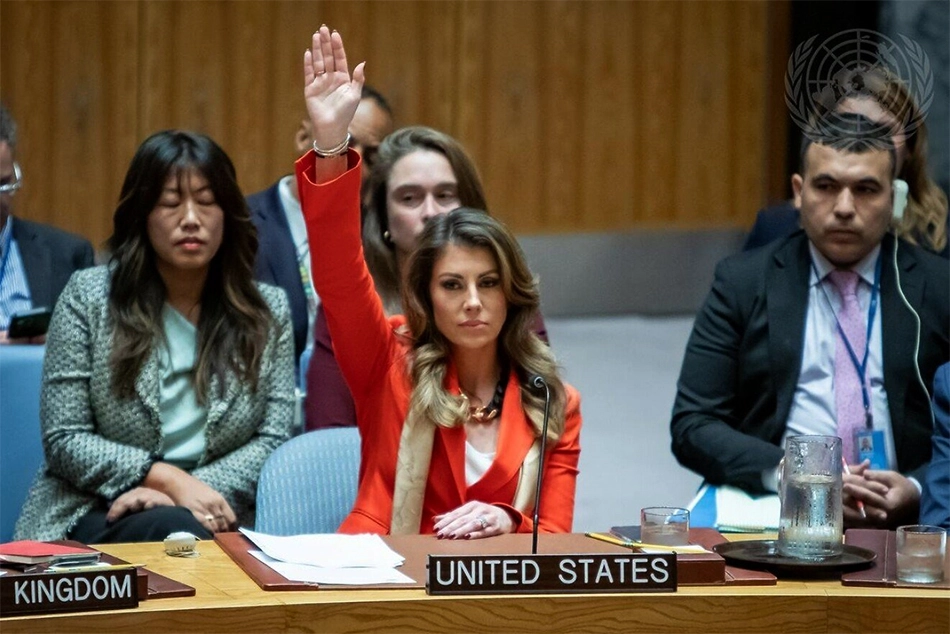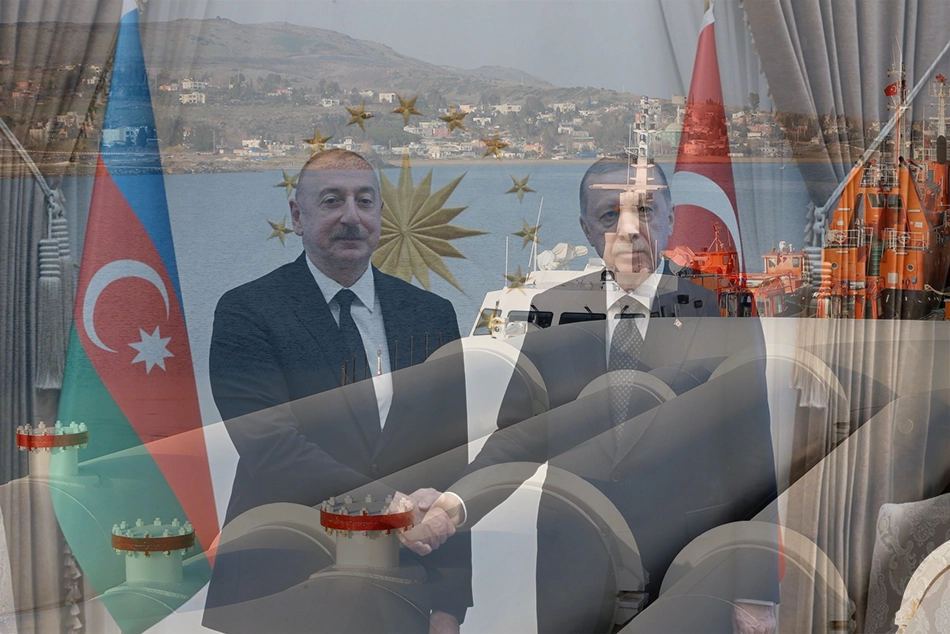
Nepal’s Strategic Shift Towards China
The economic and geopolitical allure of China, as well as the temptation of Nepalese to identify themselves ethnically and psychologically near, may jeopardise Nepal’s strategic autonomy
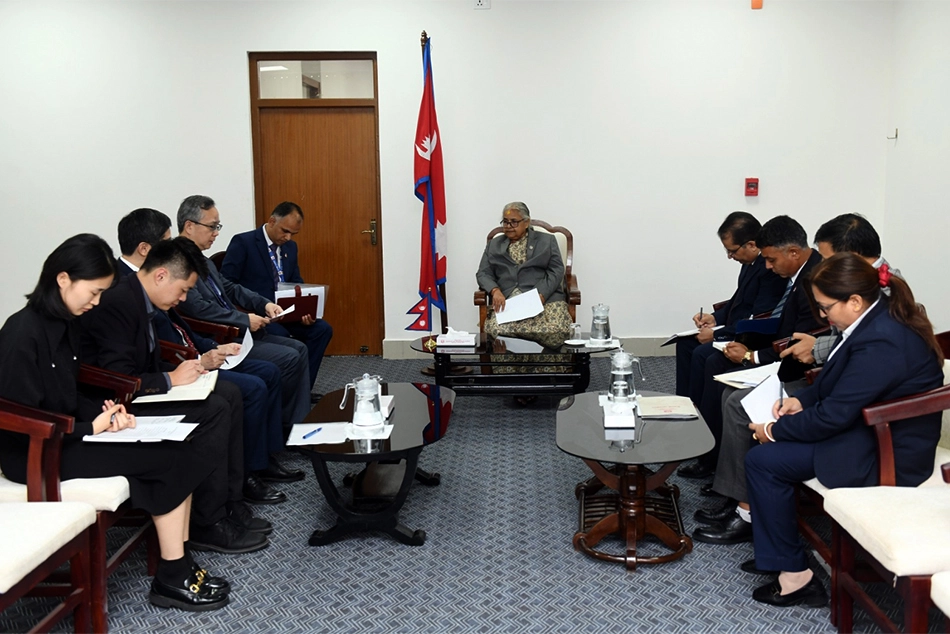
[Chinese Ambassador to Nepal Chen Song led a delegation for a courtesy call on Nepal's newly appointed Prime Minister Sushila Karki.]
In May, the weather in northern India is unbearably scorching hot, but in China it is similar to India’s autumn. During my fieldwork in China (2019), I landed in Sichuan, the South-Western Province, dressed in a sweatshirt with hoody. While residing with my Indian friends at Sichuan University, I was able to contact other Asian and Chinese students.
‘Let’s go for tea?’
After five minute walk, I joined my Indian friends along with other Asian students at tea shop. After sometime, I noticed that few Nepali students stepped aside with Chinese students, leaving Indian, Sri Lankan, and Bangladeshi students behind.
As an outsider, I patiently observed and carefully listened to their heated debates. Nepalese students were furious over the big brother role of India, historically. Now Chinese are offering more possibilities in terms of scholarships and other benefits, allowing Nepalese students to flourish individually as well as Nepal and China holistically. I
ndian youngsters’ expressions were filled with regret and wrath as they murmured about leaving an old comrade for the sake of brownies.
The next day, I attended a two-day international conference at the university and presented a paper on Indian domestic issues, which the Chinese found more interesting than discussing their own.
Last day, I sat and listened carefully to one senior Nepalese speaker, who was conducting study on genetic similarities between Chinese and Nepalese. I, along with the rest of the non-Nepalese audience, was startled to hear how the presenter could justify through his paper that, genetically, both Chinese and Nepalese descended from identical lineage.
The harmony between Chinese and Nepalese made me uncomfortable, Perhaps, justifying my role as an Indian big brother.
Nepal Political Crisis
The ongoing political crisis in Nepal is being examined and analysed globally. An interim administration has been constituted, and the old communist-socialist and Nepali Congress parties are being forced out by the younger generation over a variety of issues. It erupted on the topic of banning social media services, which is seen an infringement on freedom of speech and expression.
This is only half of the story. The popular Nepobabies #tag campaign revealed deep-rooted corruption, remittances, distrust of political leaders, and deeply ingrained disparity.
Historically, Nepal depended on America for various domestic developmental project. The landlocked state need help from surrounding country like India for better infrastructure and growth as well.
The “Millennium Challenge Corporation,” established by the US Congress in 2004 during the George W. Bush administration, provides assistance for third-world countries to counter China’s rise. The Trump administration halted funding for Nepal, leaving several projects unfinished. With this investment, a 200-mile transmission line that would link Nepal’s power grid to India’s would be constructed, enabling the country to export excess electricity to its neighbour in order to generate revenue.
Chinese Projects in Nepal
Th year 2015 marked a watershed moment in India-Nepal ties. Nepalese regard Indians as backing the Madhesi community and promoting social divide in the country. In addition, due to border disturbance, India blocked the transport of oil and other necessary goods. However, Nepal’s Minister of Industry, Mahesh Basnet said, “It is an economic blockade of Nepal”.
The Nepali government then made large investments in grid infrastructure and hydropower, resulting in low-cost, environmentally friendly electrical supply. Additionally, Nepal turned to China, and the government is now adopting electric vehicles produced in China, gradually replacing Indian automobiles and reducing its reliance on Indian minerals and oil.
Another Chinese-invested project that challenges Indian regional ambitions and US predominance in the area is Pokhara International Airport. Nepal is also a partner in the “Belt and Road Initiatives” (BRI). Nepal moved away from India in spite of India’s substantial financial assistance during the 2008 earthquake, Prime Minister Narendra Modi’s visit in 2014, and $1 billion for rehabilitation operations.
Nationalist Animosity
Furthermore, nationalist animosity towards one another began in 2020 when Nepal released a new political map and then changed its constitution to claim the Kalapani, Lipulekh, and Limpiyadhura areas as its own.
Buddhism could have been another arena at the civilisational level in which India or Nepal could have emerged as Buddhist world leader. Rather, in recent decades, claims over Buddha have been a major source of controversy between the two neighbouring nations.
For Instance, in 2020 addressing a confederation of Indian Industries, in response to a question of who are the greatest Indians, Indian Foreign Minster S. Jaishankar responded, “I would say one is Gautama Buddha and the other is Mahatma Gandhi.”
In protest, immediately, Nepal’s Ministry of Foreign Affairs said, “It is a well-established and undeniable fact proven by historical and archaeological evidence that Gautama Buddha was born in Lumbini, Nepal”.
It’s interesting to note that China has started building pilgrimage sites with any connection to Buddha from Nepal to Pakistan along with the Silk Road. Additionally, through the Belt and Road Initiative (BRI), China is positioning itself as the leader of Buddhism and promoting it as a means of future religious diplomacy.
Nepal, China Trade Agreements
In order to minimise Nepal’s reliance on India, Oli, who is close to China, signed a transit trade agreement with Beijing in 2016. The most significant Memorandum of Understanding (MOU) signed by the delegation led by Oli during their recent trip to China was the building of a railway network linking Kathmandu with the Gyirong trading port in Xigaze, Tibet.
In 2019, China and Nepal also announced a redesigned strategic partnership in which they agreed to build a “Trans-Himalayan Multi-Dimensional Connectivity Network” as part of the BRI. This would open the way for projects like digital connectivity, ports, roads, railways, and tunnels.
However, every project, whether BRI or Pokhara Airport, or any other investment in Nepal through a “going out” or “Western Development” approach, or a loan from the Asian Development Bank, has raised contentions about corruption and Chinese obligations. It has also been noticed that smaller states, such as Nepal, can be put under pressure by great economic and military giants like the People’s Republic of China.
In conclusion, China believes in Deng Xiaoping’s famed pragmatism, which states, “It doesn’t matter whether a cat is black or white, as long as it catches mice”.
Also Read: India, Nepal Love-Hate Relationship
China maintained political stability after communist control by focussing on economic development from the start. China is unconcerned about whether it is heading with a democratic society like Europe or its old authoritarian neighbours Russia and North Korea.
Religious fundamentalists and hereditary rulers, such as those in Afghanistan and the Middle East, are valuable allies of China in foreign policy. China would continue to nurture its national interest in the Himalayan area despite Nepal’s shifting state, whether it is a democratic republic under communist rule or a Hindu Kingdom regaining its footing.
The economic and geopolitical allure of China, as well as the temptation of Nepalese to identify themselves ethnically and psychologically near, may jeopardise Nepal’s strategic autonomy. Furthermore, while the claims of Akhanda Bharat and the supposed ‘Madesi-card’ may benefit a few political outfits in the short term, they will harm India’s long-term National interest in the region as well.
[The writer, Dr Chandra Sen, did his PhD from Centre for East Asian Studies, School of International Studies, JNU. He has published several articles on national and International journals on International and national affairs. He also received China India Scholar-Leaders (2018-2020) Fellowship, India China Institute, The New School, New York USA.]
Follow ummid.com WhatsApp Channel for all the latest updates.
Select Language to Translate in Urdu, Hindi, Marathi or Arabic

